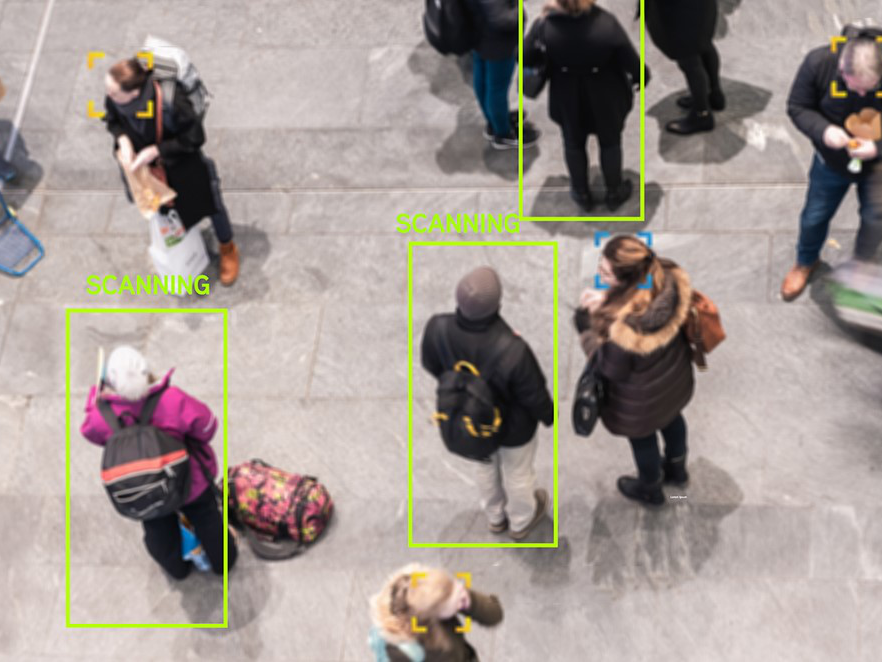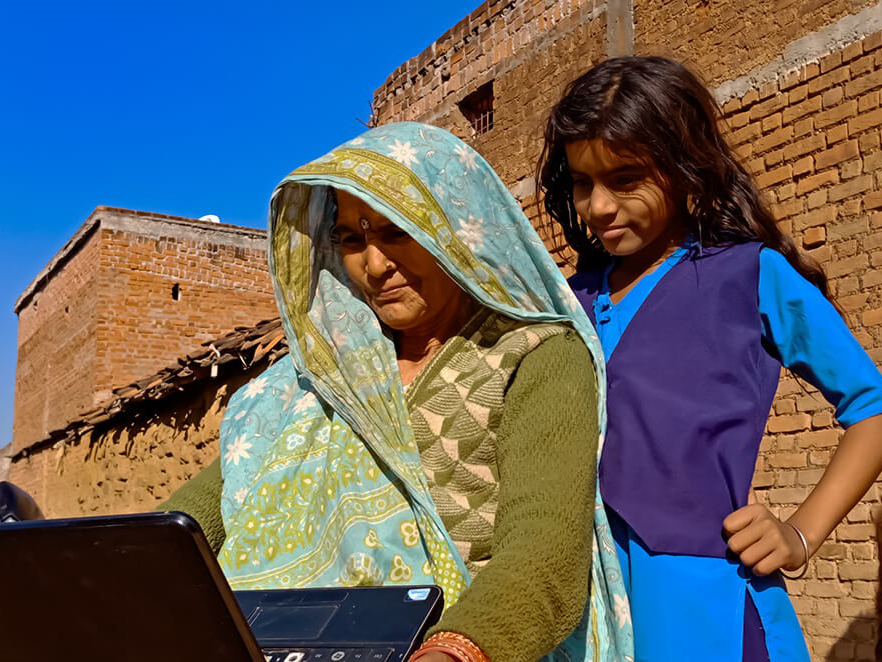In growth markets, the move from cash to electronic payments is taking place at an unprecedented and accelerating pace. By 2020, mobile phone penetration will reach 90% of all adults in our markets, where the primary mode of internet access is not the computer, but the smartphone.
In all corners of the globe – from Africa to Latin America to East Asia – transactions, behaviours, connections, movements and patterns that had previously been unrecorded are recorded, creating a digital data trail that grows exponentially over time. As a point of context, every thirty minutes, the internet and all of the devices connected to it generate more data than all written works in human history. We now live in a world of “Big Data,” which, combined with exponentially increasing processing power, has the potential to meaningfully improve the lives of billions of emerging market consumers through improved access to credit.
The scale of the opportunity is immense: 45% of adults living in emerging markets – or two billion people – are unbanked. The remaining 55% of adults, who do possess bank accounts, often lack access to the broader spectrum of financial services that developed market consumers have become accustomed to: savings accounts, credit cards, loans, mortgages and insurance products. The reason for this disparity lies in the availability of data: according to the World Bank, less than 12% of people in low- and middle-income countries globally are referenced by credit bureaus.
In North America and Europe, a majority of the population have long-had access to formal financial services, and the approach to credit scoring has developed gradually, over decades. Credit bureaus have collected historical data to determine the creditworthiness of individuals based on just a few, highly relevant data points, for example, outstanding credit, salary slips, repayment patterns, bank balances and asset ownership over time.
Gathering these data points in emerging markets poses significant challenges, particularly for lower-income segments of the population. Since these consumers have not had access to formal financial services, they do not have a repayment history. Complicating matters, debt capacity is difficult to judge, as wages are often distributed in cash and are rarely converted into formalised savings. Finally, a large number of lower-income individuals in emerging markets are self-employed and do not received fixed wages from month to month, let alone an asset base that can be collateralised.
In a vicious cycle, then, emerging market consumers without a credit history are unable to borrow from the formal financial system to start a business, fund an education, purchase a home or even pay for medical expenses, with serious implications on economic growth and social mobility. Part of the solution to shifting the credit “invisible” populations of these markets into visibility lies in Big Data. The growing electronic footprint of consumers in our market allows traditional data sources to be augmented with alternative data.
Alternative data is information gathered from sources other than banks to determine an individual’s creditworthiness. A growing number of mobile network operators (MNOs), banks, retailers and other credit providers are increasingly harnessing mobile phone usage patterns, bill payment histories, transactional data and even social media data in a bid to extend credit to those outside the formal financial system
In emerging markets, necessity has spurred the investment and initiative to make sense of large volumes of seemingly irrelevant data from diverse sources to gain insights into the borrower, in a way that is distinctive and transformative and ahead of what is happening elsewhere. The utilisation of alternative data in China has been extensive, and primarily based on transactional data from e-commerce. In other regions, the dominant sources differ. In Africa, mobile phone data provides a particularly instructive source in the absence of alternatives and can prove surprisingly effective.
The average mobile phone produces thousands of data points through text messages and calls per month, and seemingly meaningless data, such as call duration and cell tower location, can be pieced together to create insights into behaviour and credit worthiness. As an example, all else being equal, a consumer who ‘tops-up’ a similar amount of airtime every week is a more reliable borrower than one who does so erratically at random intervals. Another is that a mobile phone user with a larger contact list and consistency in incoming calls is less likely to default, especially if the consequence of default is their phone number being deactivated.
In the first instance, alternative data is being used to facilitate unsecured, short-term, low-value loans to firsttime borrowers almost instantly, and at significantly lower cost than the brick-andmortar approach, which has high fixed costs. At the lower end of the spectrum, borrowing can constitute an advance on mobile top-up from an MNO; at the higher end, a short-term cash loan. But, while alternative data does have the power to open the door for first-time borrowers, in isolation it has limitations and does not guarantee sustainable access to the formal financial system.
The greatest benefits of alternative data to the emerging market consumer can only be unlocked through information sharing between a multiplicity of parties including the government, MNOs, banks and retailers, tying identity to borrowing and repayment history across a number of channels. This will best be facilitated by the further development of emerging market credit bureaus. Like with payments, there are network effects in data and information services. The whole is greater than the sum of its parts. Also like with payments, there is a clear ‘south-south’ axis whereby emerging market bureaus, while developing similar solutions in their respective markets, are developing solutions for problems that don’t exist or for which there is only marginal benefit in addressing in North America and Europe.
Recognizing this, in 2014, Actis acquired a majority interest in Compuscan Holdings (CSH), as the first step in a buy-and-build to create a leading emerging market credit services ‘big data’ business. Today, CSH is the leading independent bureau in Africa with a substantial presence across several countries. Coming out of South Africa, with its mix of advanced financial ecosystem and a large informal ‘thin file’ population, CSH pioneered emerging market solutions that enabled it to grow profitably in markets that the large bureaus of Europe and North America had failed to do so.
An example of this is in East Africa, where the Bank of Uganda selected CSH to establish a credit reference bureau in a public tender. In Uganda, the problem was not just that there wasn’t existing data on consumers that was shared by lenders, it was that there was no Ugandan national identification system and ability to relate addresses in a standardised way (not all streets are named). CSH solved the problem by developing a biometric financial identification card that would be issued to a borrower when credit was first extended. By 2017, more than 2 million such cards had been issued in Uganda. Since CSH established itself in Uganda, the number of loan accounts has quintupled, the value of loans in the country has tripled, and financial inclusion has increased from 5% to 46%. This has all been done without a similar increase in the risk of nonperformance.
While Big Data offers an unprecedented opportunity to improve access to credit in emerging markets, it does not, in itself, guarantee financial inclusion. Without information sharing between all actors in this emerging financial ecosystem, and without the creation of identity-linked borrowing and repayment histories, the broader financial system will remain out of reach to too many for too long. In our portfolio, we have seen the positive impact that credit bureaus have in bringing ‘thin file’ populations into financial inclusion. As alternative data grows in use and develops in our markets, emerging market credit bureaus like CSH will continue to develop innovative solutions to bridge the gap between the formal financial system and the digital world, and will do so very profitably: a case of Big Data helping values driving value.






